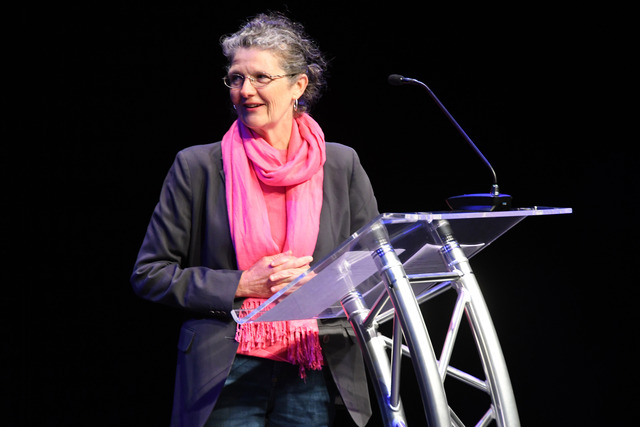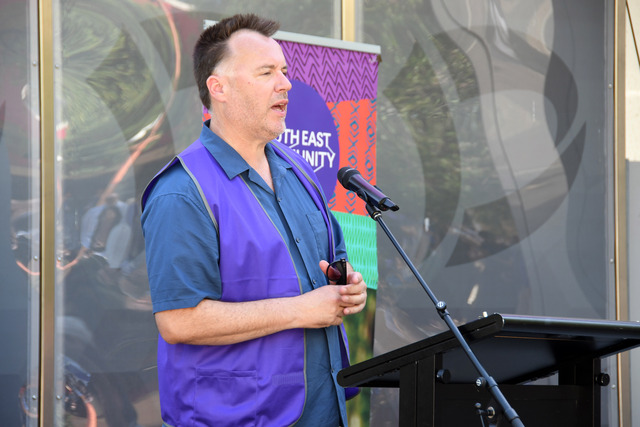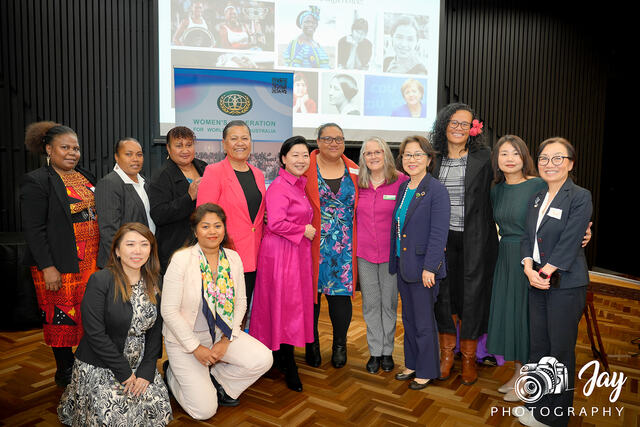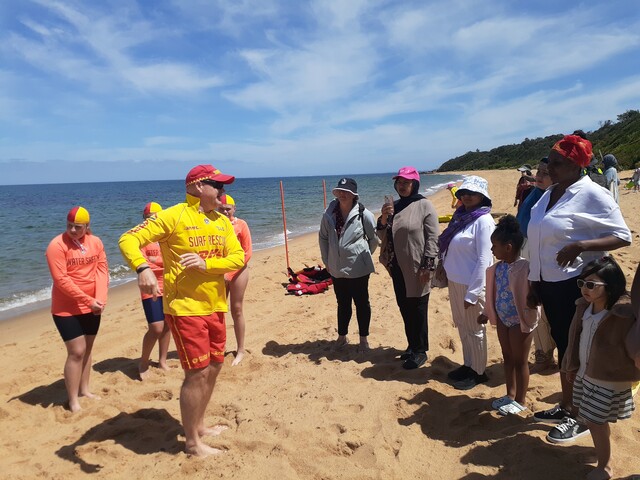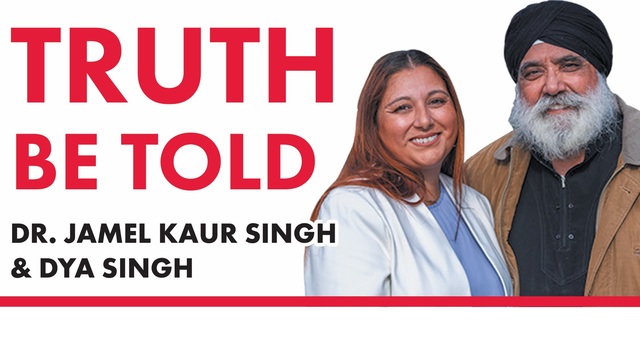With the first term of school back in action, the social media ban for those under the age of 16 looms ever closer.
Although stated to come into effect towards the end of 2025, the beginning of the school year could mark the start of changes in how the average classroom and student operate.
Taking into consideration the prominence of social media and how intertwined it is with today’s youth, Casuarina Ward councillor, Kim Ross said that “bans rarely work”.
“It’s an incomplete ban, which is in itself a problem because they’re not looking at gaming apps, which can be a pipeline to gambling and are also very addictive.
“But if the whole aim behind this is trying to reconnect, to stop the epidemic of disconnection that we have, it’s not going to make any inroads into that way of things.”
Announced on 28 November 2024, this decision came after the government passed the Online Safety Amendment (Social Media Minimum Age) Bill, which will take effect in roughly nine months.
Under these laws, it states that 16 years old must be the minimum age for social media access, and imposed a requirement for social media platforms to take ‘reasonable steps to prevent underage users from having social media accounts’, as stated on the Victorian Government website.
An online consultation period that ran from 8 October to 1 November 2024, that involved students, parents and teachers found that of the 3558 who participated, 80 per cent of the two latter parties ‘overwhelmingly reported’ that social media had a very negative or negative impact on children.
Children, on the other hand, were less likely to report a negative impact, at 10 per cent.
Chayenne, a Year 10 student from Clyde North’s St Peter Secondary College campus has conceded that social media has had detrimental effects on the youth, most commonly being, addiction.
“I think it’s good, even though I use social media a lot, I think it would be beneficial because everyone’s really addicted to it,” she said.
“I feel like people are getting too influenced by everything they see on social media, it would also help younger people with brain rot.”
However, a different sentiment is held up north, at Alkira Secondary College, with Year 12 student Katleya saying that social media plays an important role in many people’s lives, especially when it comes to communication.
“I got my first job at 15, and I needed social media to get in touch with others, workmates, and so on,” she said.
“I use it every day because it’s my way of talking to my friends and family, and for me, I hardly watch the news so it’s my way of keeping up with what’s going on.”
Aware of the dangers that content could pose to younger teens, Katleya said that lowering the age requirement to 13 would make more sense, adding that parents ultimately have the most influence, regardless of whether the ban exists or not.
“I feel like it would also be the responsibility of the parents as well because they can have an impact on their kids,” she said.
According to the Australian Human Rights Commission, they acknowledge that the ban is designed to protect children and young people from “online harms and the negative impact social media” on their wellbeing.
The AHRC’s release also added that the ban is consistent with the requirement of Article 17 of the Convention on the Rights of the Child (CRC), as well as Article 19, both relating to the protection of children through the development of appropriate guidelines.
Ross doubled down on the incoming ban’s plausible ineffectiveness, saying that besides more technologically-versed youth being equipped to bypass it, “it’s not a ban that they can enforce”.
“The sort of parents who are strict about social media aren’t going to change, it’s not going to change in terms of parental perception.
“It would be more beneficial for us to acknowledge how insidious social media is for everyone in the population; although there are some good parts to it, some benefits,” she said.
Also from the AHRC, its listed key reasons for introducing a social media ban include protection from harm such as cyberbullying and online predators, promoting healthy development such as brain development, addressing online privacy concerns through data collection concerns and supporting parents.
On the other hand, their key reasons against a social media ban list a breach of the Right to Freedom of Expression and Access to Information, impacting inclusion and participation, privacy risks due to reliance on effective age assurance from every Australian, and the general ineffectiveness of blanket bans.
Efforts and resources that contributed to the ban could have been allocated elsewhere, according to Ross, such as broader programs around mental health and others that help the youth reconnect with one another in person.
“Whenever we try to stop a behaviour, it’s very difficult because what you’re looking at is changing habits, and we have to go back to knowing what works for mental health habits,” she said.
“We want to start other behaviours, here are things you can do instead, and here’s how we’re going to facilitate it.”
She also touched on a social prescription policy that other municipalities in Victoria have implemented that work with people experiencing depression and anxiety, a program that is all about linking others.
“That model of how we connect people is what we need for all ages, particularly our vulnerable youth, rather than what is another punitive measure,” Ross said.
“Because it’s one of those things that kids that are are just going to laugh about, they’re just going to go, ‘okay, we’ll do it this way’.”
Expert opinions have been varied, with Dr Mugdha Rai, the director of master of strategic communications management at Monash’s School of Media, saying that the premise of the legislation is “well-intentioned” and is also likely to be “widely popular”.
“The devil, of course, is in the detail; as many have noted, this legislation has been pushed through in a very limited time frame.
“Regulating digital and social media has been notoriously difficult, and, at this stage, the legislation raises a number of questions that will need answering.”
Dr Rai touched on the key factors detailed by the AHRC, questioning the “reasonable steps” to block users under 16 years, and how age verification would actually work.
From La Trobe University, IT and education expert, professor Therese Keane addressed the dangers of social media, saying that it is “affecting our children in so many ways, from self-esteem issues to an inability to interact in person, through misinformation and harmful content”.
“Social media companies cannot and will not self-regulate their platforms, it is a very encouraging and brave step the government has made to take control.”
On the other hand, Dr Alexia Maddox, director of digital education and a senior lecturer in pedagogy in La Trobe said that while it is crucial to protect the youth, their relationship with social media use and mental health is “more complex than public discourse suggests”.
“The timing of this proposal, ahead of the election, appears to capitalise on parental anxieties rather than engage with the nuanced evidence base.
“What’s clear is that blanket bans may create unintended consequences, potentially driving young people to less regulated spaces or cutting them off from valuable support networks,” she said.
Ross agrees, adding that the complexities around cyberbullying are much the same as any other form of bullying.
She also added that one of the more detrimental reasons why cyberbullying persists is because children are afraid of their devices being confiscated, which is their main source of connection with their peers.
“The ban has the potential to drive this even further underground, particularly for kids who would find a way around the ban,” she said.
“Even more so, I don’t think it’s going to be a great assistance in encouraging open and honest conversations about cyberbullying.
“So unless we’re actually honest and brave enough to look at the root cause of this and for the adults to accept that they’ve created this problem in society and that this is nothing more than a band-aid, headline-grabbing move, we’re not going to solve these real problems that our kids are facing.”

